.jpg?width=1189&name=Featured%20Image%20().jpg)
When you think about California modern architecture, especially California modern homes, what comes to mind? If you’re like a lot of people, you will probably immediately think of a particular architect—like John Lautner or Rudolph Schindler—or of a specific home that you saw and fell in love with like the case study homes.
You might not, though, know the specific characteristics that make such a home “California modern,” or be able to communicate with others just what it is that you love about it, which can cause some headaches when you begin thinking about designing a home of your own.
California modernism is a style of architecture with certain key elements which form an integral part of our architectural philosophy. It takes advantage of the climate, landscape, and the open-air environment. It blurs the boundaries between inside and out. It uses materials that echo those found in the natural environment.
At the same time, it’s about the openness of life. There’s a certain casual element to it, and a simplicity: It’s not about ornament and extravagance, but about simplifying life.
Below, we’ve gathered four residential projects from our portfolio that each exemplify the characteristics at the heart of California modern architecture so that you can better visualize and understand these elements.
California Modern Homes
1. Irvine Cove
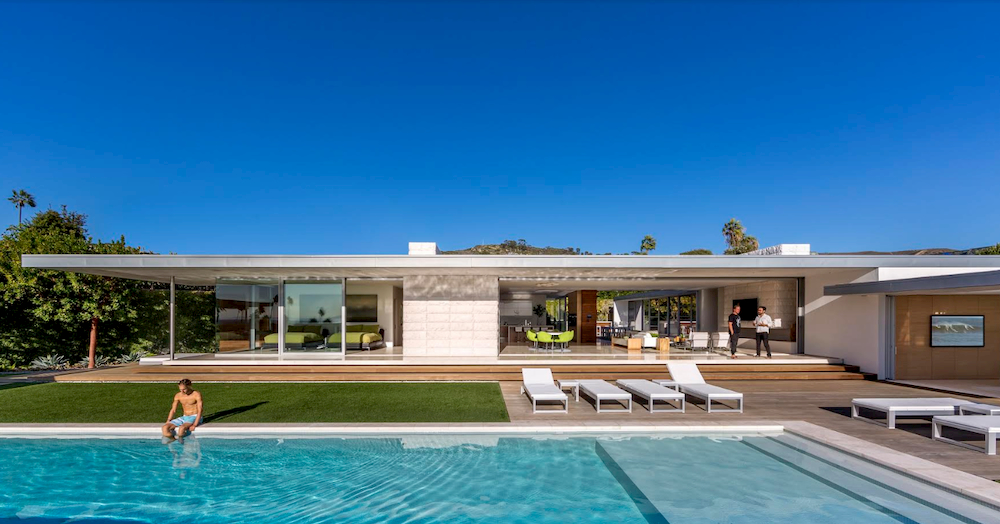
The Irvine Cove residence is in many ways the epitome of California modernism, bridging the gap between Palm Springs and mid-century modern architecture—and taking them up to the nth degree.
The main face of the house was designed in such a way that it completely opens to allow the residents to take advantage of the site, the view, and the climate of Laguna Beach. Large, pocketing sliding glass doors on both sides of the room can be opened and closed at will, essentially turning the living room into a covered outdoor space. There is virtually no distinction between interior and exterior space. When the living room is open, there is a direct visual connection to the ocean: It is possible to stand in the back of the property and gaze straight through the house to take in the view.

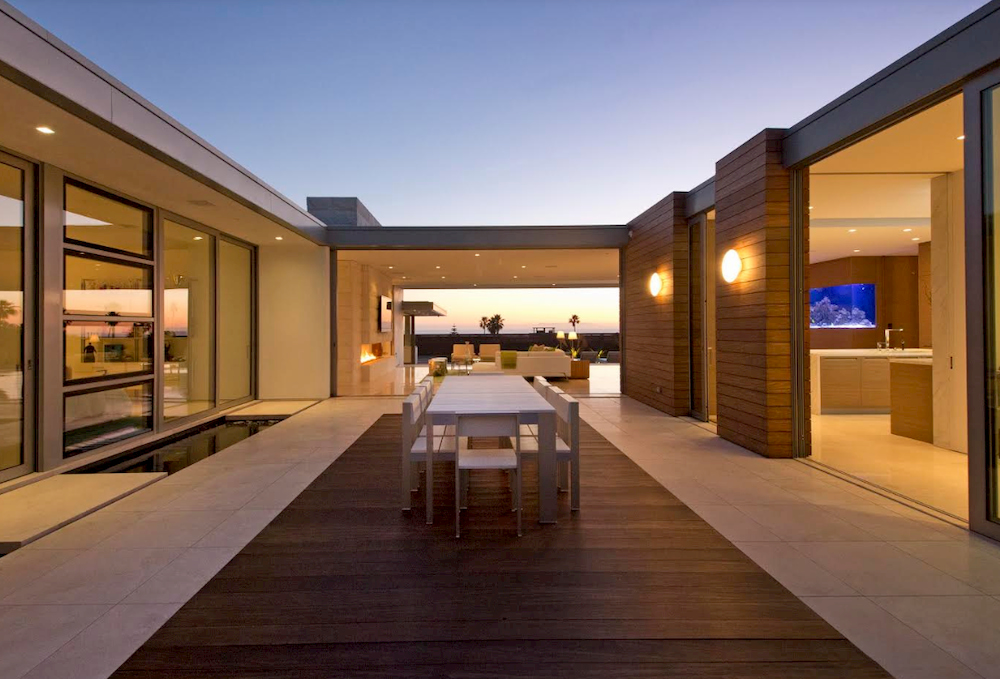
2. Blue Sail
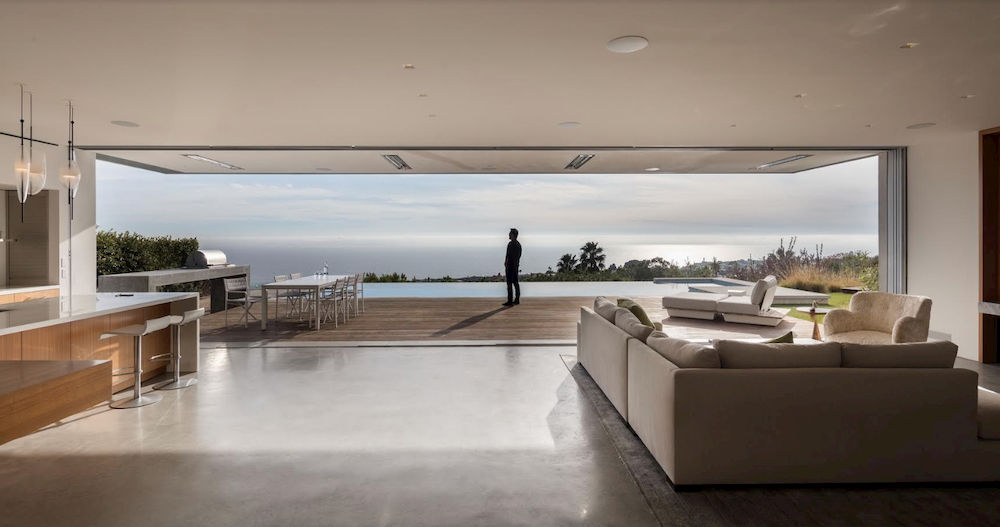
The Blue Sail residence started as a remodel of an existing home. The original space consisted of approximately seven individual rooms, each of which was very walled off—both from each other, and from the stunning view that the property overlooks. The new layout was specifically designed to remedy this fact and take better advantage of the view.
To accomplish this, the architecture was simplified by removing elements which were not necessary. Walls were removed to create an open main space. Glass doors capable of being pocketed away were added to enable a seamless relationship between the main space (living, dining, kitchen) and the outdoor space and view.
The original pitched roof was replaced with a single flat roof, to better reflect the climate. Overall, the material palette is very simple. The focus of the project was not on the materials, but on orienting the house to capitalize on the view.
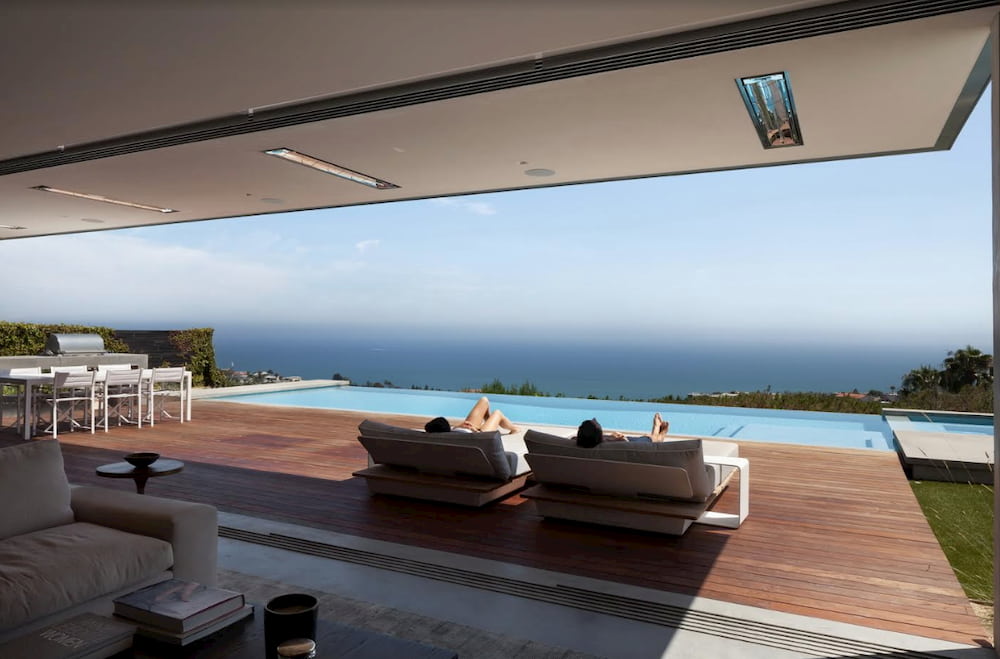

3. Carrillo
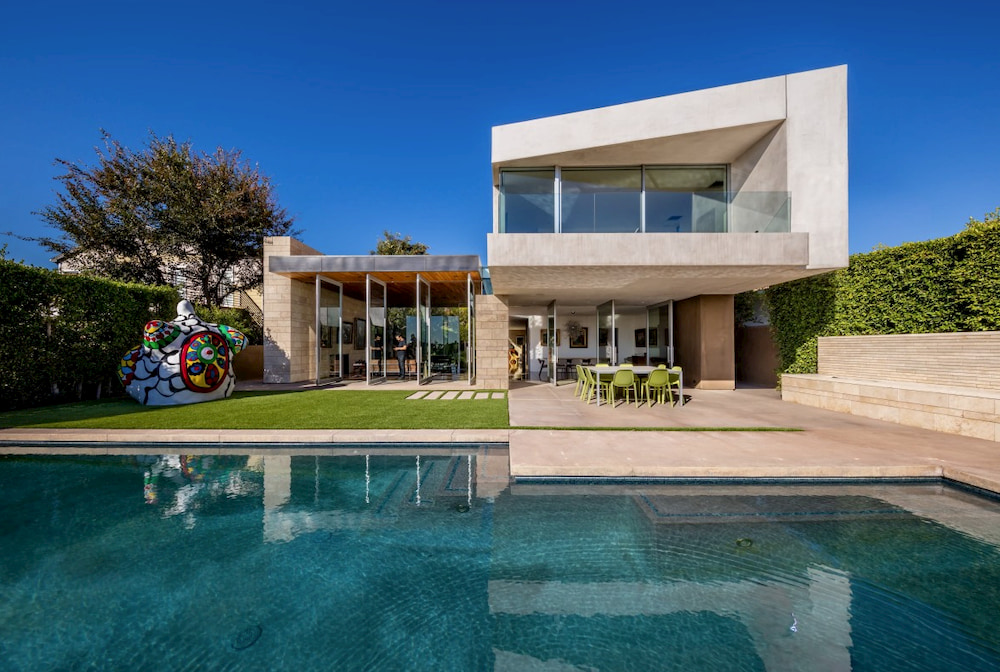
The Carrillo residence is a unique take on California modernism which takes a subtle European inspiration and makes it appropriate for Southern California.
The home sits on a long, narrow site on the rim of the Santa Monica Canyon, with views of the Pacific Ocean in the distance. The layout of the home was designed to make the best use of this land, while also taking advantage of the view. To prevent the home from feeling confined, the number of individual rooms was reduced throughout and the structure as a whole was centered around major spaces.
Much of the home is structured around the relationship between the indoor and outdoor spaces. Frameless fixed glass, sliding doors, and pivoting doors were each utilized to throughout the home in order to create different types of indoor-outdoor spaces. The living room was specifically designed to act as a sort of jewel box that you can see through in all directions, effectively connecting the interior of the home with the front and back yards.


4. Kuhlman Road
.jpg?width=1000&name=Khulman%20Road%20Image%201%20(Cropped).jpg)
The Kuhlman Road residence is like the Carrillo residence in that it puts a new spin on California modernism. Situated in Texas, this home leverages the tenets of California modernism but reinvents it for Texas’ unique climate. The Texas climate is a little more severe than is typically found in California. Hotter, muggier summers mean that homes often can’t be opened up to the extent that is commonly found in traditional California modern homes.
Pivoting and sliding glass doors were utilized to give the owners the option to open the living space to the outdoors when desired. Elsewhere in the home, frameless glass was leveraged to create a visual connection with the outdoor space, even when closed off. The living room, for example, consists of glass on two sides; paired with the landscaping, it feels as if the space is an extension of the garden, even when you are not standing outside. This principle is leveraged throughout the home’s design: Transparency is used to create a sense that the home is a part of the landscape that it is situated within.
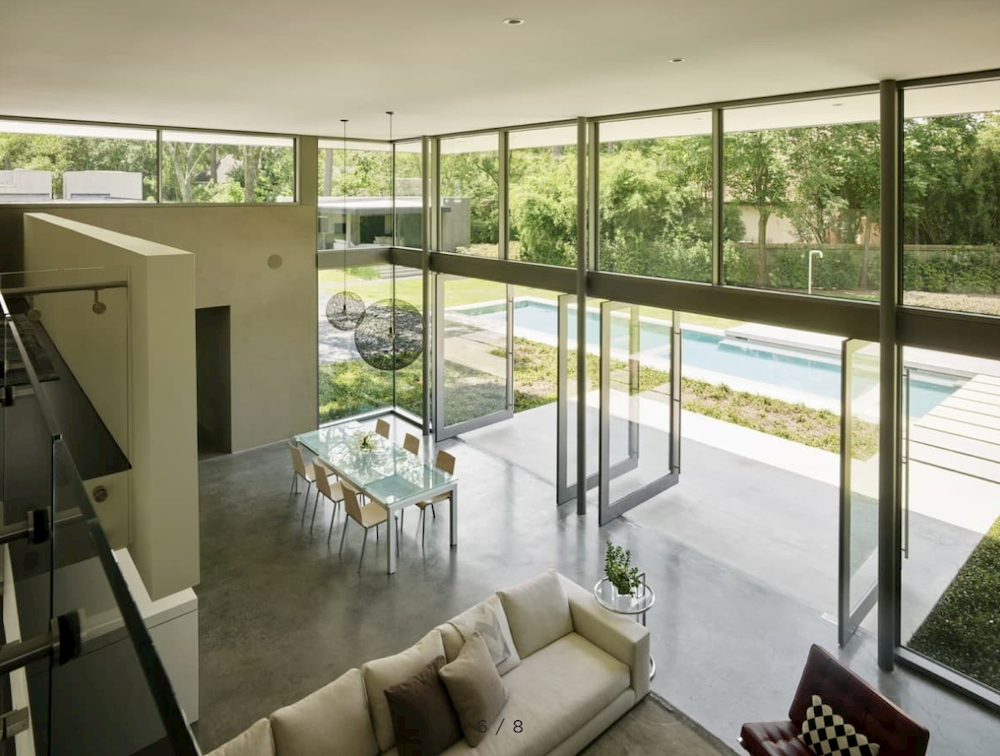
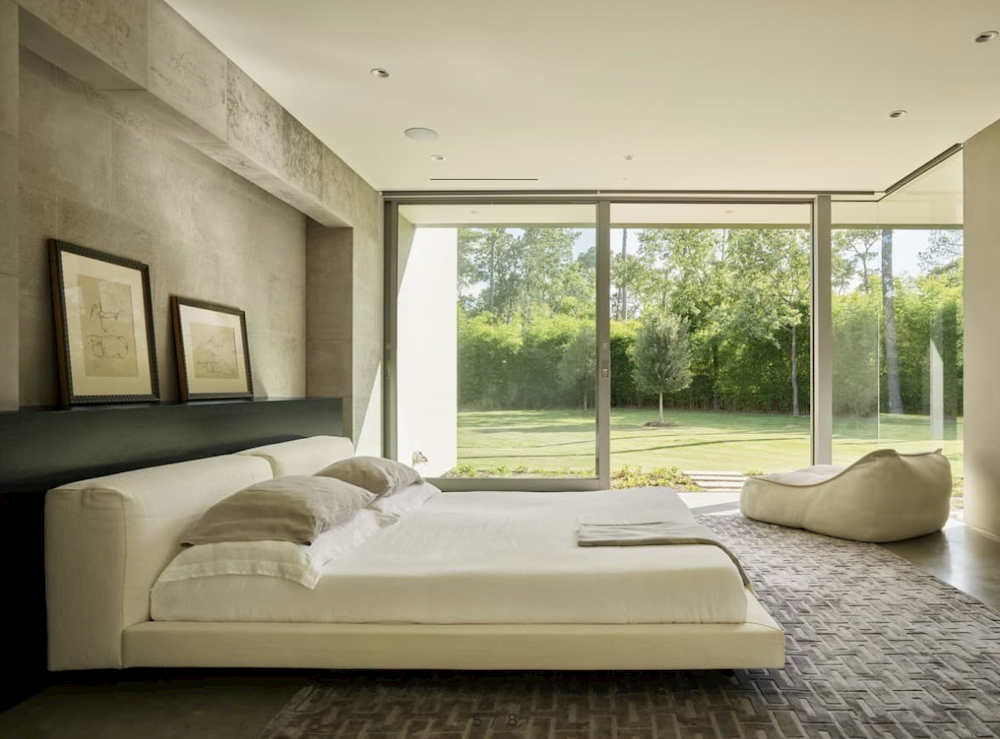
Understanding California Modernism
As the four homes above illustrate, California modernism can look substantially different from home to home. At its heart, however, the style makes use of certain key tenets: A simple material palette, a connection to the natural landscape, a blurring of boundaries between inside and out. By understanding these basic elements, it is possible to craft a home that aligns with these principles, whether you are in California or elsewhere.

Written by Natalie LaHaie
Natalie LaHaie is the Business Development and Marketing Director at Ehrlich Yanai Rhee Chaney Architects (EYRC). She is a graphic designer by trade and a natural strategic thinker, employing design to express vision, direction, and values. With over a decade of experience in the field of architecture and design, she admires the role of architecture in bringing people together from all backgrounds and walks of life - specifically through community, education, and civic buildings.
